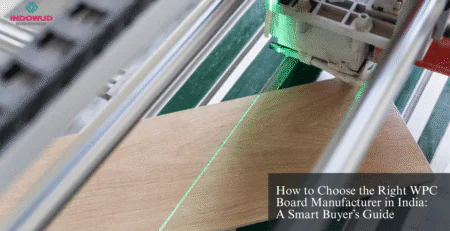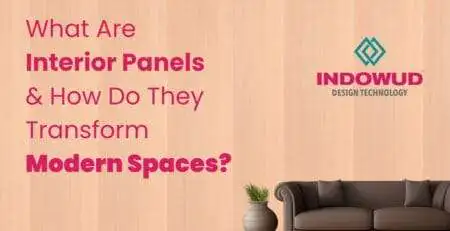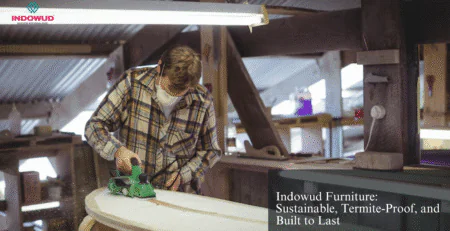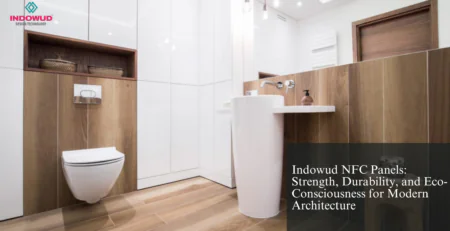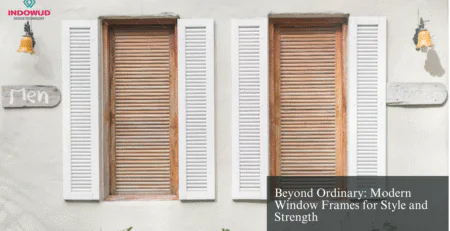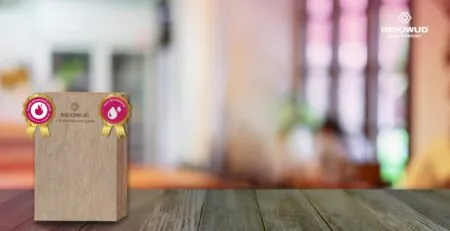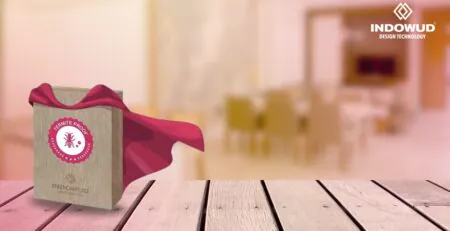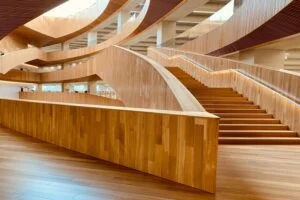Wood Fibreboard : Identification, Properties And Features

Many engineered wood products are doing the rounds In the market These are made of wood fibres and are often found in varying densities, ranging from low-density fibreboard to Medium density fibreboard (MDF) and High-density fiberboard (HDF)
Traditional Wood
Most times the terminology is used instead of particle board. It is quite popular in the market as it gives the freedom to consumers, designers and craftsmen to choose what suits them amongst the various options. Only a minority can understand that it is different from plywood. Plywood doesn’t come under any category of wood fibreboard. It is made of thin veneer often glued together in criss-cross style to get the appearance of traditional wood.
Traditionally this was used to make boxes for packaging. Wood fibreboard is also an intermediate product used in paper mill.
Wood Polymer Composite Board
Fibre boards are extensively used in soundproofing/deadening, furniture, and structural sheathing. It is quite an economical and sustainable alternative that can be pasted with laminates or veneers or even be painted with ease.
Features
MDF like HDF does not have grains in criss-cross pattern and has a uniform density. HDF is way more compact and denser. HDF is manufactured by hot pressing wood powder and using resin to bind them into a board at high temperatures to create a sturdy board. Due to this reason, it is not suitable for making mouldings or grooves. Most people sell it as a eco-friendly material simply because it is made of wood chips and wood fibres. However, the fact check of Volatile Organic Compounds emission are comfortably ignored. Most wood-based panel products use formalin or formaldehyde, a carcinogenic chemical. HDF is relatively stable and doesn’t contract or expand due to weather changes until a few years. It tends to swell if exposed to moisture. HDF can easily be a substitute for MDF, particularly in places where a higher load-bearing capacity is needed.
MDF Board
MDF is also picking up in the market these days. Softwood or hardwood residuals are created by breaking them in a defibrillator and adding in resin and wax to improve its properties. The disadvantage is it has low moisture resistance. It is quickly finished with paint, veneers and laminates, melamine paper, wallpapers and vinyl. Despite having separated fibres it is tougher and denser than particleboard. It is versatile and its affordability is the reason of its quick acceptability in the market.
Uses of wood fibreboards
For making furniture for interiors, Wood fibreboards are sought after. But one disadvantage that remains throughout is its shrinkage and swelling during weather changes and being prone to termite infestation rather quickly due to the cheap quality of chemicals within them. There is one such solution-oriented material in the market, Indowud NFC which is 100% termite proof alternative to wood/plywood. It is waterproof which means it doesn’t absorb moisture and swelling and shrinkage in cyclic changes are out of the picture. The tensile strength is very good making it denser and offering good screw holding capacity. Indowud nfc has no wood in it and hence it is a solution for a lifetime against termites!



